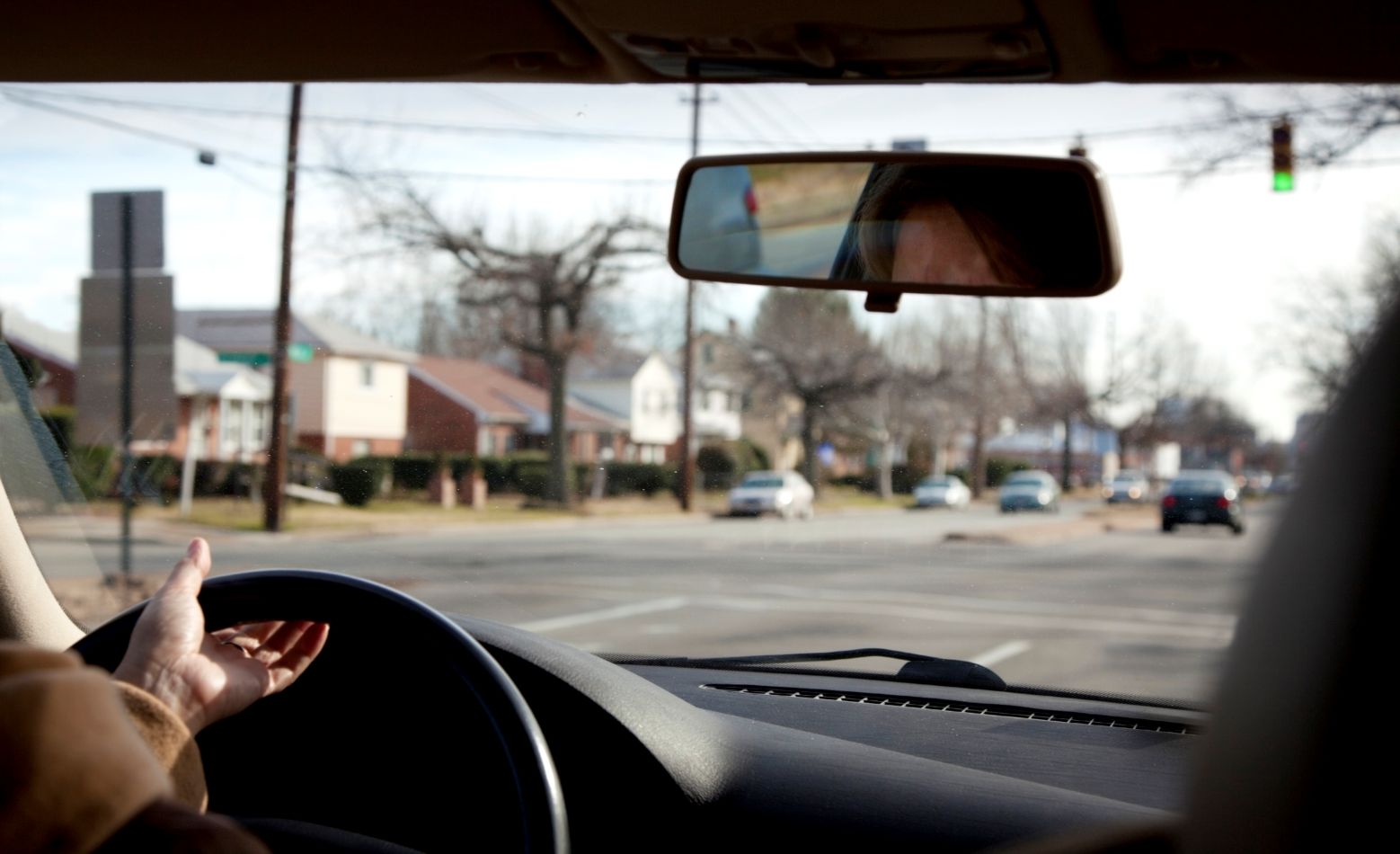Road intersections are among the most critical points in the road network, where limited visibility can become a serious risk factor.
Physical obstacles, sharp bends, unclear or missing signage: there are many causes that compromise road safety. Acting to improve visibility is not just a matter of traffic efficiency, but a priority for accident prevention.

Types of road intersections and related issues
The configuration of an intersection has a decisive impact on road safety, making it essential to carefully analyze every characteristic to identify the most effective solutions.
T-junctions
Common in urban areas, T-junctions occur when a secondary road joins a main one. Obstacles such as buildings, walls, or vegetation can create blind spots, making it difficult to see oncoming traffic. In these cases, lateral visibility is crucial to prevent accidents.
Four-way intersections
When two roads cross perpendicularly, a four-way intersection is created, often complex due to the management of multiple traffic flows. Visibility must be ensured in all directions, especially where there are turn lanes, to reduce the risk of collisions.
Roundabouts and complex intersections
Designed to make traffic flow smoother, roundabouts require good visibility on entry and exit. Poor lighting or bad weather can compromise safety, making it necessary to adopt solutions that improve the perception of other vehicles.
Skewed or graded intersections
In the presence of slopes or non-perpendicular angles, the perception of distance and speed may be altered. These configurations require particular attention to visibility and intersection geometry to enable drivers to react promptly.
Why intersections are a critical point for safety
Understanding the characteristics of an intersection is fundamental to identifying effective solutions, especially since visibility is a key factor in accident prevention.
Data and context on intersection accidents
According to the latest , failure to give way is among the leading causes of road accidents, and 39% of urban accidents occur at intersections, highlighting the need for targeted interventions to improve safety at these critical points in the road network.
When does an intersection become dangerous?
As previously mentioned, an intersection can become a critical safety point due to several often interconnected factors. The main risk conditions are generally:
- Physical obstacles: buildings, vegetation, or billboards creating blind spots;
- Insufficient lighting: especially at night, dawn, and dusk;
- Lack of safety devices: absence of road mirrors or traffic lights to help assess traffic;
- Adverse weather conditions: rain, fog, or snow that drastically reduce visibility;
- Complex geometry: intersections with unusual angles or gradients that alter perception;
- Inadequate or poorly visible signage: failing to provide clear guidance to road users.
How to improve visibility at dangerous intersections: the most effective solutions
Over time, numerous strategies to increase safety at intersections have been developed, each with specific features that determine their effectiveness in different contexts.
Below we analyze the most common solutions and their strengths and weaknesses.
Vertical and horizontal signage
Effective signage is the first level of road safety, but its effectiveness depends on factors such as maintenance, positioning, and visibility in critical conditions.
A well-designed system should ensure:
- High-reflectivity vertical signs;
- Clearly visible pedestrian crossings and stop lines;
- Warning signs for dangerous intersections.
Targeted public lighting
Strategic lighting at intersections is essential for nighttime safety. Modern LED technologies have revolutionized this sector, offering efficient solutions but requiring significant investment and constant maintenance.
Traditional road mirrors
Conventional road mirrors, though widespread, show significant limitations especially in adverse weather conditions. The main issues are:
- Fogging during critical hours;
- Ice formation in winter;
- Frequent cleaning required;
- Image distortion over time.
Smart and high-tech solutions
The latest technologies offer innovative solutions such as Safe Join: high-visibility mirrors, self-powered and weather-resistant. These smart devices ensure constant visibility and collect useful data for accident prevention.
Safe Join: the strategic choice to increase intersection safety
Safe Join represents the technological evolution of traditional mirrors, overcoming historical issues thanks to an integrated and fully autonomous system.
How it works
Specifically, it is an innovative road mirror equipped with a solar panel and thermoactive materials: a system that prevents the formation of ice and condensation, ensuring continuous visibility even in adverse weather conditions.
Where it is installed
Safe Join is suitable for numerous critical contexts including:
- Rural intersections without electricity;
- Areas frequently affected by fog;
- Industrial and logistics areas;
- Emergency exits.
What advantages does it have over traditional solutions
Its versatility makes Safe Join particularly suitable for both urban and rural areas, especially where environmental conditions challenge traditional systems.
This innovative technology translates into concrete benefits, such as:
- Guaranteed visibility down to -20°C;
- Complete energy autonomy;
- Minimal maintenance;
- Reliability in all weather conditions.
Improving road visibility as an act of prevention
Investing in visibility at dangerous intersections is not just a technical intervention but a concrete act of prevention. Institutions, companies, and citizens can actively contribute to road safety by adopting effective and innovative solutions.
👉 Want to make the intersections in your area safer? Contact us here to receive information and tailored solutions.